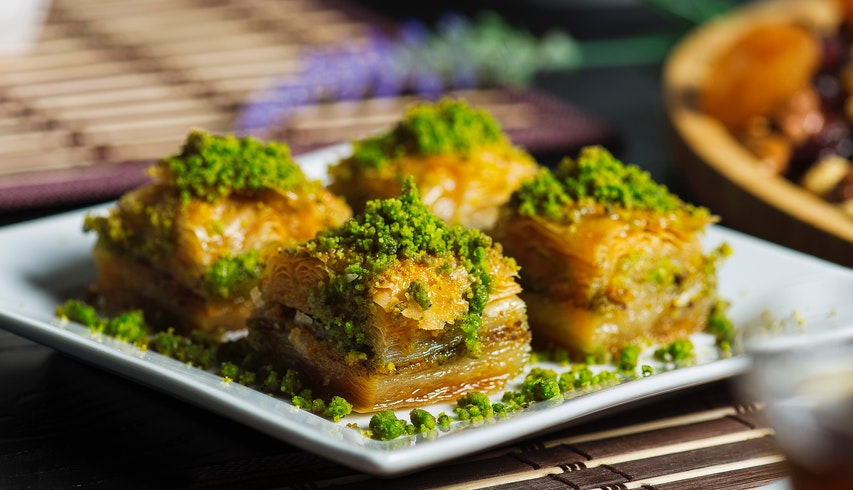Having looked at how Ghana celebrates Christmas in our last stop, we head North East and travel 6740km to Greece to see how the Greeks celebrate Christmas.
Greece is often referred to as the 'Cradle of Western Civilisation' such was it's influence in ancient times.
It has a population of around 10-11 million and has evidence the people lived in the region as far back as 270,000 BC!
It has four land borders with Turkey, Albania, North Macedonia and Bulgaria, and has coastlines on the Ionian Sea, Mediterranean Sea, Sea of Crete and Aegean Sea.
So how does Greece celebrate Christmas?
When
Advent - December 25th (Also January 1st is when St Basil brings gifts, and the Epiphany is on the 6th January).
Religious Influence
Greek Orthodox

Photo by Tim Mossholder from Pexels
Decorations
A traditional decoration is a shallow wooden bowl that has a piece of wire across the rim from which a sprig of basil wrapped around a wooden cross hangs.
To keep the basil alive, some water is kept in the bowl.
In Aristotelous Square in Thessaloniki, a giant Christmas tree and a sailing ship with three masts are erected.
Other big Greek cities like Athens also have large boat displays.
Many homes will have a decorated boat alongside a decorated Christmas tree.
Customs
On Christmas Eve, children (usually boys) will go 'Kalanda' (carol) singing. They sing in the streets, playing drums and triangles as they sing and sometimes carry a model boat decorated with gold-painted nuts (which is an old custom).
If people like their music then the children might receive money or some nuts, sweets or dried figs.
Once a day someone in the household, usually the mother, dips the basil covered cross into some holy water and then uses it to sprinkle the holy water in every room, which is meant to keep the 'Kallikantzaroi' (bad spirits) away.
These spirits come from the middle of the earth during the period between Christmas and the Epiphany, getting into people's houses through the chimney, and causing mischief like putting the fire out and making the milk go off.

Another way to keep them out is to keep a fire burning for the 12 days, which is especially effective if you burn your old shoes!
Many people will go to a midnight mass service which ends the advent fast.
Children are brought presents by Aghios Vassilis (St Basil) on the 1st January.
On the 6th January, the Epiphany, young men may dive into really cold bodies of water in an attempt to be the first to get a blessed cross that's thrown into the water. This cross is meant to bring luck for the year.
There is also lots of dancing, music, food and blessings of boat on the Epiphany.
Food
Some people may fast over advent.
The main Christmas meal is usually pork or lamb that's been roasted with sides of spinach and cheese pie, various salads, and vegetables.

Photo by Jamal Yahya from Pexels
Popular pastries during the holiday season include 'Baklava' (sweet pastry filled with chopped nuts and sweetened with honey or syrup), 'Threeples' (fried pastry), and 'Kataifi' (pastry made from shredded filo dough flavoured with nuts and cinnamon).
These are usually either eaten as breakfast or as starters.
A popular dessert after the Christmas meal is 'Melomakarono', which is an oblong shaped biscuit/cake made from flour, olive oil and honey, and then rolled in chopped walnuts.
Christopsomo is a round sweet bread flavoured with cinnamon, orange and cloves, with a cross shape on top, that is baked on Christmas Eve to be eaten on Christmas Day.
Our next stop takes us to Greenland to see how they celebrate Christmas.